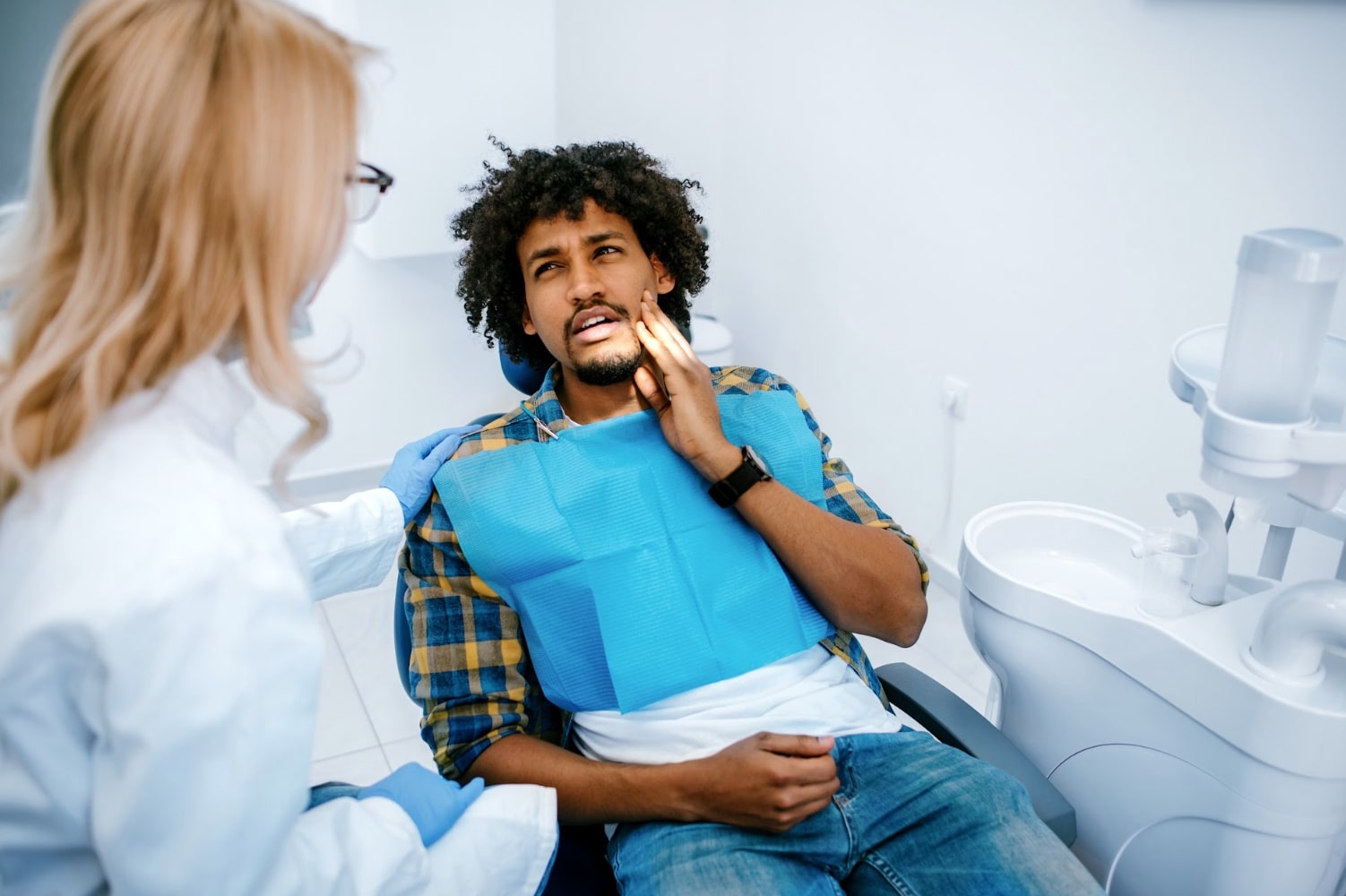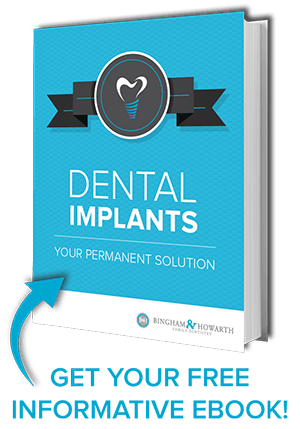
Are you familiar with the urgency of tooth extraction?
Have you ever wondered how this preventable dental procedure becomes an emergency?
Our comprehensive article delves into the world of emergency tooth extraction.
Discover the crucial reasons behind its necessity, gain insights into the procedure, and learn effective post-extraction oral care.
Join us as we unveil the essentials of emergency tooth extraction from start to finish.
What is emergency tooth extraction?
Emergency tooth extraction is a dental procedure performed when a tooth needs to be removed immediately due to a dental emergency.
This may be caused by severe tooth decay, a cracked or broken tooth, a tooth infection, or trauma to the mouth.
Reasons for emergency tooth extraction
There are several reasons why a tooth may need to be extracted on an emergency basis.
These include:
Severe tooth decay
If tooth decay is left untreated, it can cause the tooth to become infected and abscessed.
In some cases, the infection may spread to other parts of the body, which can be life-threatening.
Cracked or broken tooth
A tooth that is cracked or broken may be at risk for further damage or infection and may need to be extracted to prevent complications.
Tooth infection
An infection in the tooth can cause severe pain, swelling, and fever. If the infection is not treated promptly, it can spread to other parts of the body and become life-threatening.
Trauma to the mouth
If a tooth is knocked out or broken because of trauma, it may need to be extracted to prevent infection and further damage.
Don’t wait! Contact us now to schedule an emergency dental appointment.
Signs that you may need an emergency tooth extraction
There are several signs that you may need an emergency tooth extraction.
These include:
- Severe tooth pain that does not go away with over-the-counter pain medications
- Swelling and redness around the affected tooth
- A foul taste or odor coming from the affected tooth
- Difficulty opening your mouth or chewing
- A fever or chills
- Blood or pus coming from the affected tooth
If you are experiencing any of these symptoms, it is essential to seek emergency dental care immediately.
How to prepare for an emergency tooth extraction
If you are scheduled for an emergency tooth extraction, there are several things you can do to prepare for the procedure.
These include:
- Arrange for someone to drive you home after the procedure, as you may be groggy from the anesthesia.
- Avoid eating or drinking anything for at least six hours before the procedure.
- Wear comfortable, loose-fitting clothing to the appointment.
- Discuss any medications you are taking with your dentist, as some medicines may need to be adjusted before the procedure.
What to expect during an emergency tooth extraction
Your dentist will numb the affected area with a local anesthetic during an emergency tooth extraction.
If you are anxious or nervous about the procedure, your dentist may also offer sedation to help you relax.
Once the affected area is numb, your dentist gently uses specialized instruments to loosen the tooth from its socket.
If the tooth is impacted or difficult to remove, your dentist may need to make an incision in the gums to access the tooth.
Once the tooth is removed, your dentist will place gauze in the extraction site to help stop the bleeding.
You will be given instructions on caring for the extraction site at home, including changing the gauze and avoiding activities that may cause bleeding or discomfort.
Aftercare for an emergency tooth extraction
After an emergency tooth extraction, following your dentist’s instructions carefully to ensure proper healing is important.
This may include:
- Resting for the first 24 hours after the procedure
- Applying an ice pack to the affected area to help reduce swelling
- Eating soft foods and avoiding hot, spicy, or crunchy foods for several days
- Avoiding smoking or using tobacco products for at least 24 hours after the procedure
- Taking pain medication or antibiotics as prescribed by your dentist
- Keeping the extraction site clean by gently brushing and rinsing with saltwater
Risks and complications of an emergency tooth extraction
Like any dental procedure, emergency tooth extraction has risks and complications.
These may include:
- Bleeding or swelling that does not go away after a few days
- Infection in the extraction site or surrounding tissues
- Damage to surrounding teeth, nerves, or blood vessels
- Dry socket is a painful condition that occurs when the blood clot in the extraction site is dislodged before the wound has healed
To minimize the risk of complications, following your dentist’s instructions carefully and seeking prompt medical attention if you experience any unusual symptoms is imperative.
How to prevent the need for an emergency tooth extraction
Although not all dental emergencies can be prevented, there are steps you can take to reduce your risk of needing an emergency tooth extraction.
These include:
- Practicing good oral hygiene by brushing and flossing regularly
- Eating a healthy diet that is low in sugar and high in nutrients
- Wearing a mouthguard if you play contact sports
- Seeking prompt treatment for any dental problems, such as cavities or infections
- Seeing your dentist for regular checkups and cleanings
When to seek emergency dental care
If you are experiencing severe tooth pain, swelling, or other symptoms, it is vital to seek emergency dental care immediately.
Waiting to seek treatment can sometimes result in serious complications like infection.
The cost of emergency tooth extraction
The cost of emergency tooth extraction can vary depending on several factors, including the procedure’s complexity, location, and dental insurance coverage.
Before the procedure, discussing the cost with your dentist and exploring your payment options, such as financing or a payment plan, is advised.
Frequently Asked Questions (FAQs)
How long does it take to recover from an emergency tooth extraction?
The recovery period for an emergency tooth extraction typically varies, but it usually takes 1 to 2 weeks for the gums and surrounding tissues to heal completely.
Can I eat after an emergency tooth extraction?
It is generally recommended to avoid eating solid foods immediately after an emergency tooth extraction.
Sticking to a soft or liquid diet for the first few days is best for healing the extraction site.
How long does the numbness last after an emergency tooth extraction?
Numbness or a loss of sensation in the mouth following an emergency tooth extraction is usually temporary.
The duration of numbness can vary, but it typically subsides within a few hours to a few days as the anesthesia wears off.
Is it normal to have some bleeding after an emergency tooth extraction?
It is normal to experience some bleeding after an emergency tooth extraction.
The dentist will provide you with post-operative instructions, which may include biting down on a gauze pad to control the bleeding.
If the bleeding is excessive or doesn’t stop within a reasonable time, it is essential to contact your dentist.
Can I drive myself home after an emergency tooth extraction?
Driving yourself home after an emergency tooth extraction is generally not recommended, especially if you received local anesthesia or sedation.
These can impair your motor skills and reaction times, making it unsafe to operate a vehicle. It is advised to arrange for a responsible adult to drive you home or use alternative transportation.
Conclusion
Emergency tooth extraction is a dental procedure that may be necessary in certain situations, such as severe tooth decay, a cracked or broken tooth, a tooth infection, or trauma to the mouth.
Following your dentist’s instructions carefully and taking steps to prevent dental emergencies can minimize your risk of needing an emergency tooth extraction.
You can download our FREE infographic here for information on our comprehensive dental services.
Are you experiencing severe tooth pain or swelling? Don’t wait! Contact us now to schedule an emergency dental appointment.
Or contact us by:
- Sending us a message
- Calling us at: (918) 481-4925
- Emailing us at: info@binghamandhowarth.com
We welcome all patients from the Tulsa area, including the neighboring communities of Broken Arrow, Sapulpa, and Claremore.



